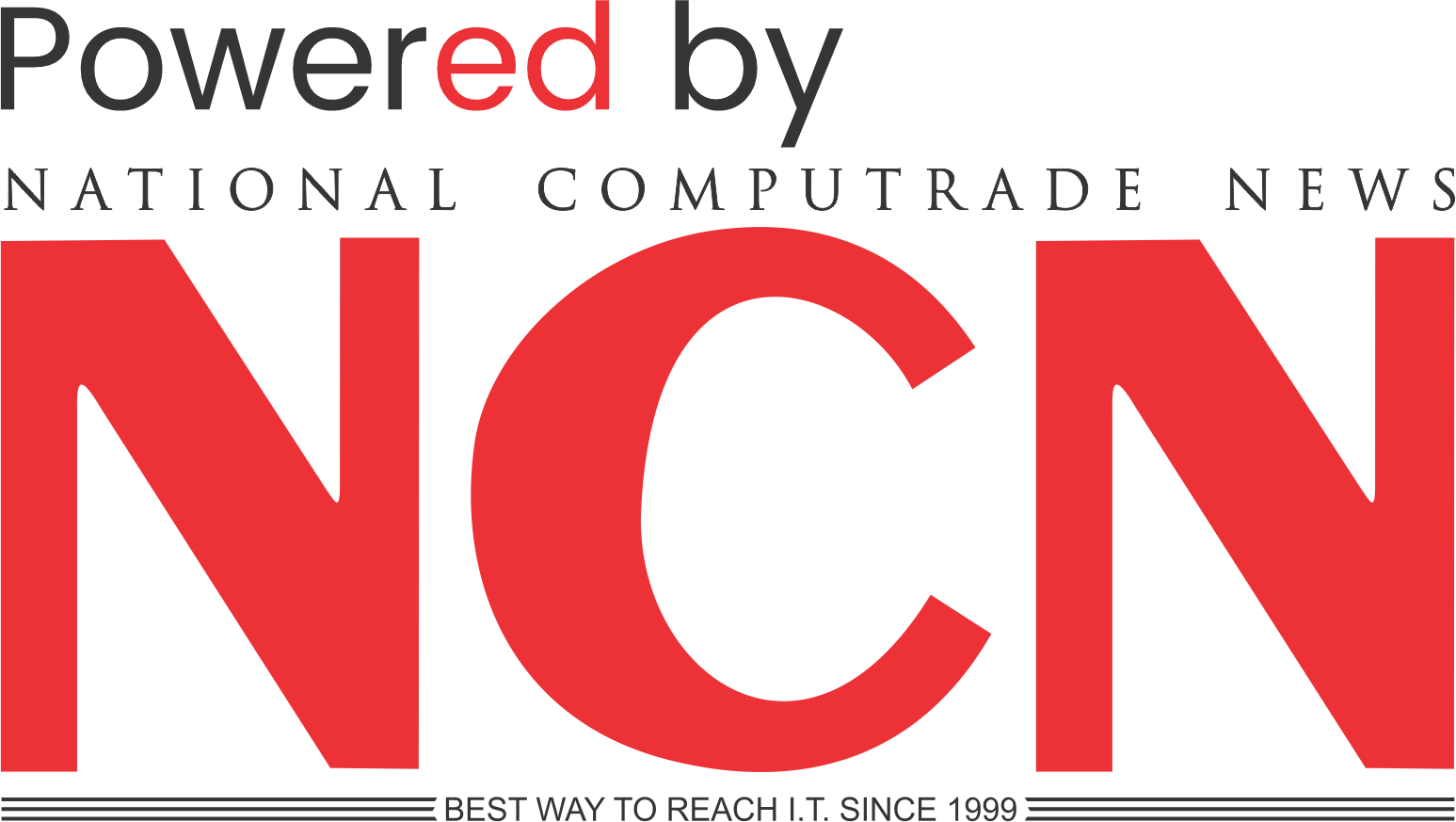By Harish C Rijhwani.
“Brand yourself for the career you want, not the job you have.” An excellent quote from Dan Schawbel is a powerful reminder that personal branding isn’t about where we are currently but where we want to be in the future. The big question is, how can we get there? Is there a structured plan we should follow? I don’t believe there is one correct answer, but let me share my journey towards building a personal brand.
My Writing Journey: I started writing during my engineering days as I was set to become the co-author of the second edition of a technical book. But destiny had other ideas, and due to market priorities, that book never materialized. Slowly but surely, at some point in my IT career, I graduated from writing professional emails to writing technical papers, which I showcased to my client. After nearly a decade in Health IT, I started writing blogs for my first organization, Syntel Ltd (now Eviden), which were published on the company website. Additionally, I wrote articles for organizations such as Beckers Hospital Review. To go beyond this, I started writing short blogs on LinkedIn, proactively contacting websites like Beckers Hospital Review, Nascom, and hcitexpert, and independently sharing articles. I even received an opportunity to write an article for my Engineering college Magazine. Finally, After seventeen years in the industry, I self-published my first book, Healthcare IT Decoded. In parallel, I launched my website and started publishing blogs and articles. During the pandemic, I took a couple of courses on creative writing and published my first novel. Now, let me summarize this part in the form of some tips.
- Start small, and use common platforms like LinkedIn to share your views.
- Choose topics you are confident about or have done much research.
- Be consistent in sharing your views.
- Contact specific websites based on your interests to submit articles.
- Repurpose your content. A short blog can expand into an article, becoming a book chapter.
- Choose a topic and publish your book based on your area of interest.
- Leverage self-publishing platforms like Amazon Kindle Direct Publishing.
A Speaker’s Journey: As a teenager, I loved arts and crafts (I still do), and as part of a competition in my junior college, we did a project on “Pollution control.” I built a small conceptual model using Thermacol depicting a factory building on the left, a house with a garden in the middle, and a factory plant on the right. We were a team of three members, and at around two in the afternoon, we were to present our solution to the judges. However, the tale had a twist: only two people in each group were allowed to show their solution. In my mind, I had complete clarity. So, I stood back, the only reason being that I feared speaking.
Think about it: you have put much effort into creating an idea but don’t want to represent it. Avoiding an opportunity to speak is one of the most self-disruptive things for your brand.
The fear of speaking was something that followed me through my engineering years. During my MBA days, I started gaining confidence by practicing my speech by looking in the mirror. Once I completed my MBA, I actively sought opportunities to speak. After lots of effort and constant follow-ups, I finally landed a chance to take a guest lecture at K J Somaiya Management College. I gave a sixty-minute session on Healthcare IT, which was my strength. After nearly a year, I got to teach a complete subject (Health Informatics) at Welingkars.
Little did I know, this would be one of my biggest tests, as reality struck like having the run swept from underneath my feet. Yes, I was speaking, but what I said didn’t make much sense to the students. Why, you ask? Because it was a monologue, I had limited interaction with my audience. Over time, I learned how to improve my speech and make the sessions more interactive. Armed with my newfound confidence, I got opportunities to take guest sessions at Symbiosis, MIT-WPU, and Chetana’s College. In parallel, I was networking well on LinkedIn, and from here, my MBA Alumni Network connected with me and requested that I take an orientation session for five hundred students.
I attended specific Nasscom conferences when working at HGS Healthcare (Now Sagility). At one such conference, I asked the organizer, “If possible, can I be a speaker?”
On hearing my experience, he replied, “Absolutely! We will stay in touch.” After a couple of months, in December of that year, I was invited to my first panel discussion, where I spoke about Healthcare IT.
As I published more books, I got more opportunities to speak with online and offline sessions through Rotaract Clubs, Colleges, and even a few international podcasters. As my reach and network grew, I spoke at offline conferences like the TISS Analytics conference, IIHMR Jaipur, and IIM Bangalore, where I presented a paper on DNA Typing. In parallel, I started publishing my Udemy courses, further increasing my reach.
To summarize this section, let us look at some Tips.
- Focus on your strengths and pitch session ideas to your alma mater or other colleges.
- Start small – guest sessions are good entry points.
- Be Interactive in your presentations and try to use all five senses.
- Keep learning, and practice what you want to speak.
- Network via LinkedIn through your connections.
- Explore platforms like Udemy to share your knowledge via courses.
- Don’t miss an opportunity to speak.
Finally, remember that building your brand doesn’t happen overnight; it’s a continuous journey of learning, evolving, and networking.













